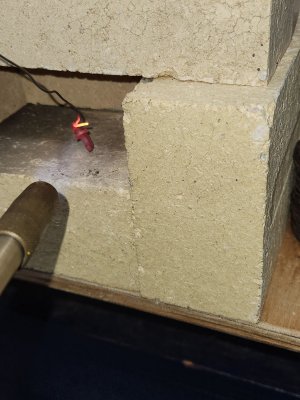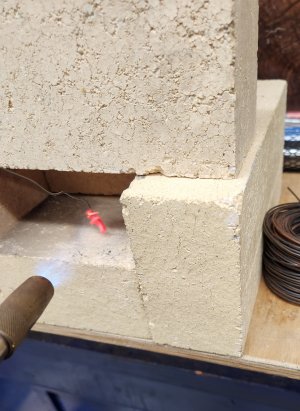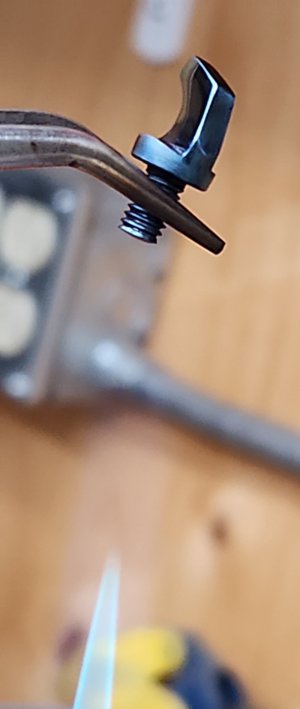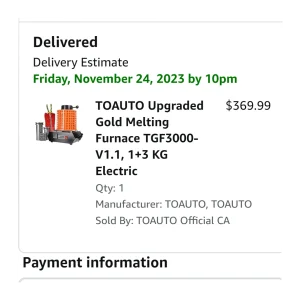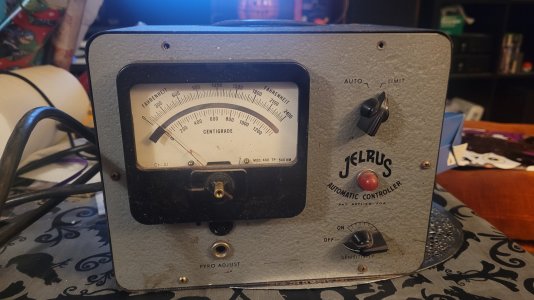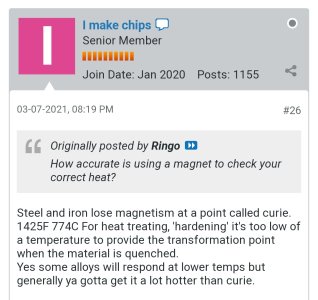I had to make a small part from AISI 4140 steel. A couple of fire bricks, propane torch, and quenching oil (ATF). Heated the part to cherry red (though, I've never seen cherries that colour....maybe maraschino cherries!) In the picture it's a little orange: kind of hard to hand hold the torch in one hand and take a picture with the other. But most of the time it was closer to cherry.
Held it there for 20 minutes, (talk about boring at the end of a long day) and quenched in ATF.
Now to clean it up, polish it bright and temper.
How I wish I could afford a real heat-treat oven like a Paragon or Evenheat!!
Held it there for 20 minutes, (talk about boring at the end of a long day) and quenched in ATF.
Now to clean it up, polish it bright and temper.
How I wish I could afford a real heat-treat oven like a Paragon or Evenheat!!

